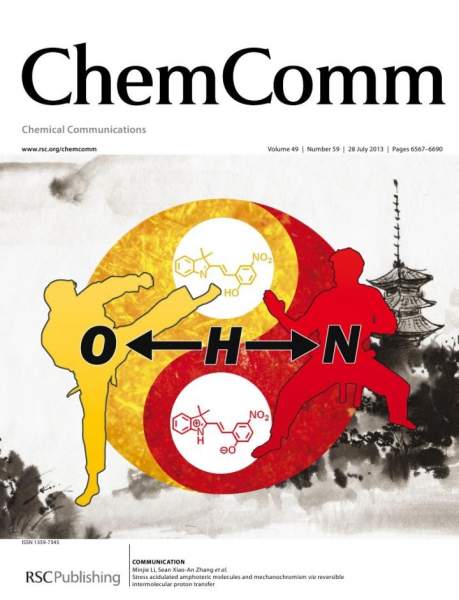Air pollution has become a serious problem affecting the social development and people's health of our country. The exhaust gas from ships in coastal cities is an important source of air pollution, especially the excessive emission of nitrogen oxides, which has caused widespread domestic and international attention. The nitrogen oxides emitted by most of China's oil tankers are still difficult to meet international requirements. At present, China has not fully mastered the core technologies and key materials for nitrogen oxide treatment of ships. Therefore, research on the key technologies and materials for ship exhaust treatment is of strategic significance for breaking through foreign technology blockades, advancing China's green shipping development and ship energy conservation and emission reduction, reducing ship air pollutant emissions, and environmental protection.
The “Atmospheric Environment and Bioenergy Team” of Tianjin University ’s School of Environment has made important progress in the field of ship exhaust gas control recently under the auspices of the Ministry of Science and Technology ’s key research and development program “Research Pilot Project on the Causes and Control Technologies of Air Pollution”. The team designed and prepared a new Cr2O3-based catalyst system for NOx treatment of ships through a simple and easy precipitation method. The related results "Promotional Effect of SO2 on Cr2O3 Catalysts for the Marine NH3-SCR Reaction" (Guo Mingyu, etc.) were published in the environmental category Important Journal of Chemical Engineering Journal. Because the ship's mobile source uses inferior heavy oil as fuel, the sulfur content in its tail gas is significantly higher than that of other types of exhaust gas. SO2 will react with NH3 and so on to form sulfates, which will adhere to the catalyst surface and deactivate the catalyst. The poisoning effect of SO2 on commercial SCR catalysts reduces the catalytic performance. The catalytic materials designed and synthesized by the team have significantly improved the performance under the presence of SO2 and promoted the NH3-SCR reaction. This series of catalyst materials has opened a new path for nitrogen oxide removal under low temperature and high sulfur atmosphere, and has important theoretical value and application prospect.
 The “Atmospheric Environment and Bioenergy Team” was created by Liu Qingling, a researcher at the School of the Environment. As the chief young scientist, he undertook to undertake the national key research and development plan-research on ship exhaust high-efficiency denitrification technology and key materials (project number 2016YFC0205300). "," National Natural Science Foundation of China "," Tianjin Major Science and Technology Project "and many other scientific research projects. The team's laboratory has been awarded the honorary titles of "Tianjin University Vitality Lab-Gold Lab" and "Tianjin University May Fourth Youth Civilization Post" team.
The “Atmospheric Environment and Bioenergy Team” was created by Liu Qingling, a researcher at the School of the Environment. As the chief young scientist, he undertook to undertake the national key research and development plan-research on ship exhaust high-efficiency denitrification technology and key materials (project number 2016YFC0205300). "," National Natural Science Foundation of China "," Tianjin Major Science and Technology Project "and many other scientific research projects. The team's laboratory has been awarded the honorary titles of "Tianjin University Vitality Lab-Gold Lab" and "Tianjin University May Fourth Youth Civilization Post" team.





